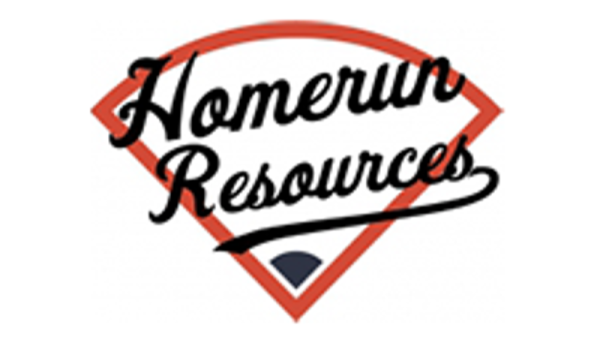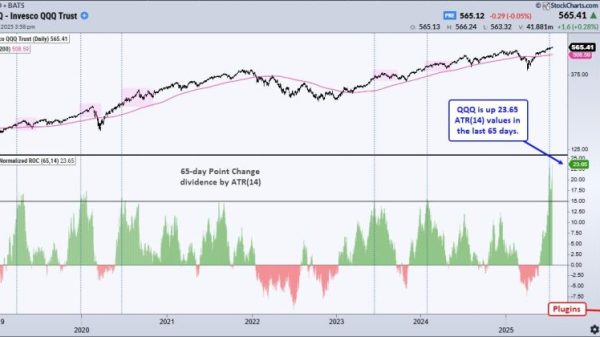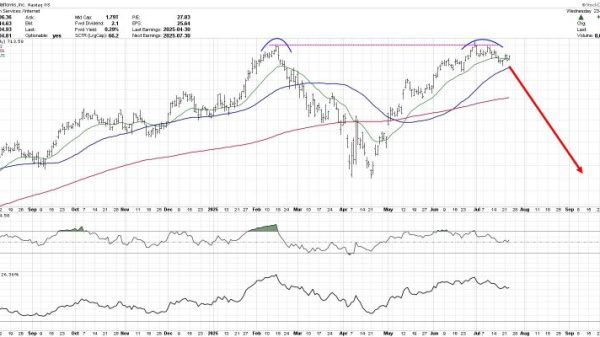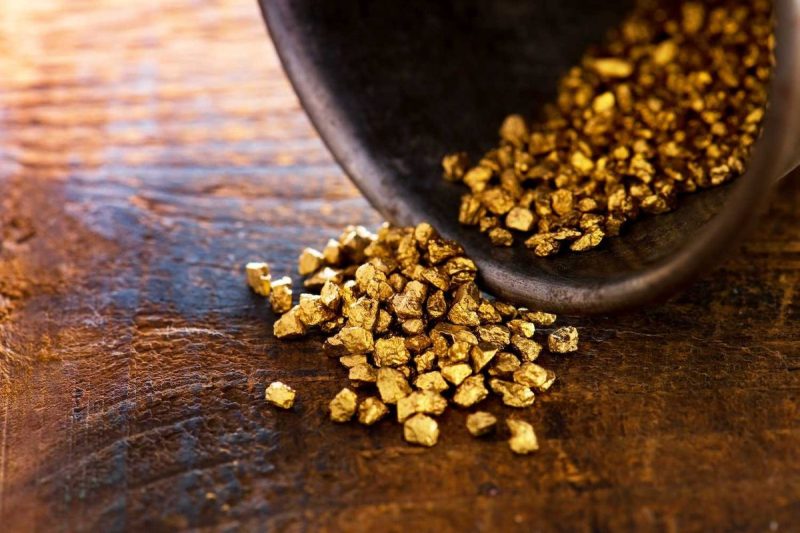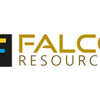Regeneration, a Washington-based public benefit company, is turning abandoned mine waste in the river valleys of Yukon and British Columbia into responsibly sourced gold.
Founded out of the nonprofit Resolve, Regeneration uses advanced re-mining technology to extract remaining metals from historical placer sites while restoring rivers and habitats damaged by more than a century of mining.
“We shouldn’t let mine waste go to waste–we should treat it as an opportunity,” said Stephen D’Esposito, Regeneration’s president and CEO.
Regeneration’s projects began in Alaska and the Yukon, where decades of placer mining left behind mounds of sediment that smothered salmon-bearing streams.
Re-mining tailings also allows recovery of critical minerals, such as cobalt and rare earths, that earlier miners overlooked or lacked the technology to extract.
But perhaps most importantly, the company’s thrust is hinged on environmental restoration.
“Sometimes days later, we’ve had anadromous fish coming up to a site,” Carly Vynne, the company’s chief restoration officer and a biologist, told CBC.
Vynne described how recontoured riverbeds and replanted vegetation have quickly brought fish back to once-barren creeks. To date, the firm has restored 1,825 meters of streams and 20 acres of upland habitat using proceeds from gold sales.
For brands like Mejuri, partnering with Regeneration bridges environmental repair with consumer expectations. The jeweler also released its newest Salmon Gold collection last year.
The company’s mission has gained momentum as geopolitical and economic tensions send gold prices soaring.
Analysts attribute the metal’s record-breaking October rally to a wave of safe-haven demand triggered by worsening US-China trade tensions, including Beijing’s expanded export restrictions on rare earth elements and Washington’s threats of new tariffs and technology export controls.
Gold first breached the US$4,000 mark on October 8, climbing steadily as investors fled volatile equity markets and a prolonged US government shutdown added to uncertainty.
D’Esposito acknowledges that while the environmental and commercial logic of re-mining is clear, the financial model is still evolving.
“There’s no financial model that the market accepts for how you prove what’s in your tailings,” he said. “Interestingly, it’s not the business of the industry to mine waste.”
Still, with the gold market surging amid geopolitical turmoil and growing interest in ethically sourced metals, Regeneration’s timing could hardly be better.
“When a mine closes, it doesn’t have to be the end of the story,” D’Esposito emphasized.
Securities Disclosure: I, Giann Liguid, hold no direct investment interest in any company mentioned in this article.





